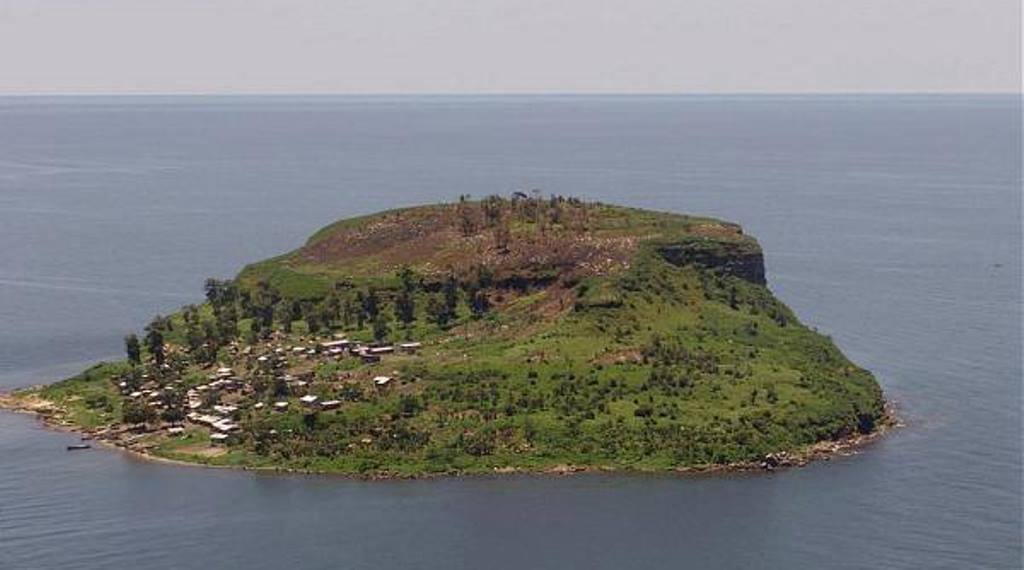AfricaPress-Tanzania: A REGIONAL four-year project is improving weather, water and climate services and livelihoods and supporting socio-economic development of vulnerable communities along Lake Victoria.
Dubbed the High Impact Weather Lake System (HIGHWAY), the project has established a pilot regional Early Warning System to inform fisher folk and other local stakeholders about high impact weather events on the Lake, according to the World Meteorological Organisation(WMO).
Initial studies have shown that more than 200, 000 people have directly benefited and 1.4 million indirectly, from the HIGHWAY project, which was funded by the UK Government’s Foreign, Commonwealth and Development Office (FCDO) through the Weather and Climate Information Services for Africa (WISER) programme.
It has also reduced annual weather-related deaths on the lake by 30 per cent, thus saving more than 300 lives per year, according to the studies.
Economic benefits of the project are estimated at 44 million US dollars per year, a benefit to cost ratio of 16:1.
“It has demonstrated that improved access to, and use of, co-designed early warnings has protected lives and livelihoods and improved the economic and social well-being of the communities living in the Lake Victoria Basin,” said WMO Secretary-General, Petteri Taalas.
Mr Taalas was further optimistic that such a model would be replicated in other parts of Africa and the entire world. The Lake Victoria Basin supports approximately 25 per cent of the surrounding population.
It also hosts Africa’s largest inland fishery, producing about one million tonnes of fish annually, employing over 200, 000 fisherfolk and generating over $ 500 million annually in exports.
Over 30 million people live near the coastline, with 1 400 landing sites or beaches from which 50 000 boats operate.
On average, 3 000 to 5 000 deaths occurred on the lake each year due to navigation accidents caused by strong winds and waves.
Prior to the HIGHWAY project, no regional, operational early warning systems existed to protect the health and safety of those dependent on the lake.
The need for early warnings was highlighted by heavy rainfall which caused Lake Victoria waters to rise to record levels. Ensuing floods displaced more than 200,000 people living in the Basin in Kenya, Tanzania and Uganda.
Loss of life was however minimised by improved regional cooperation between the National Meteorological and Hydrological Services (NMHSs) of Kenya, Rwanda, Tanzania and Uganda.
This resulted in a regionally harmonised set of marine forecasts covering the whole of Lake Victoria, issued twice daily in English and local languages.
The project also worked through the EAC to develop a regional strategy for coordinating the issue of severe weather warnings throughout EAC’s six Member States – Regional Early Warning System Vision 2025 for East Africa.
On his part, EAC Deputy Secretary General in charge of Infrastructure and Planning, Eng Steven Mlote, said that Regional EWS Vision 2025 for East Africa would enhance regional cooperation with pooled resources, harmonise practices, and facilitate knowledge exchange to deliver impact-based early warnings across East Africa in a consistent way.
“To that end, the Severe Weather Forecasting programme would underpin the operationalisation of the Vision 2025 in delivering the regional consensus forecasts and potentially aggregating at the regional level the warnings produced at the national level through a proposed East Africa Community multi-hazard Alert System (EACAS),” he added.
Since its inception in 2017, the project has enhanced capacities of the participating NMHSs through strengthening institutional frameworks, improving access to data sources and strengthening integration between forecasters and beneficiaries.







